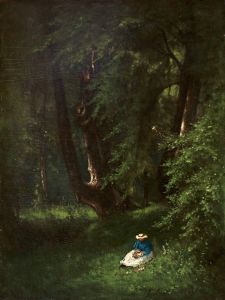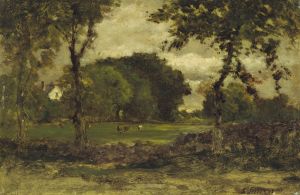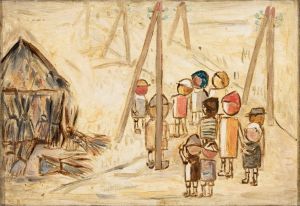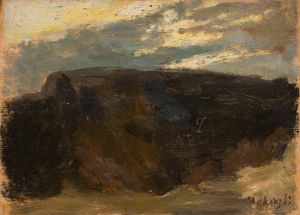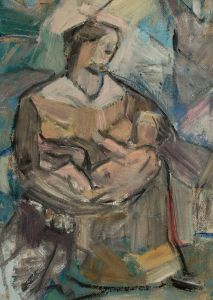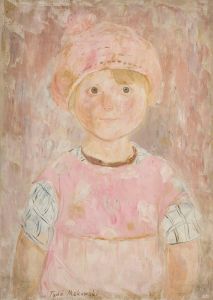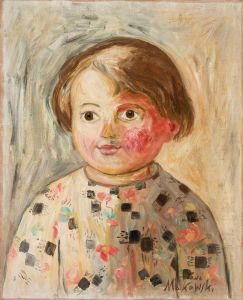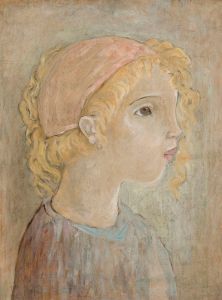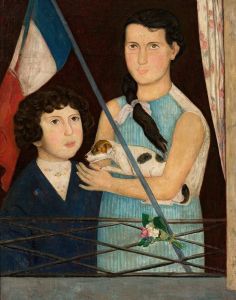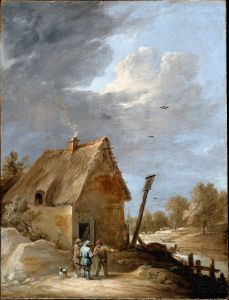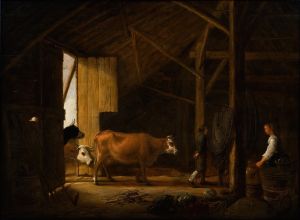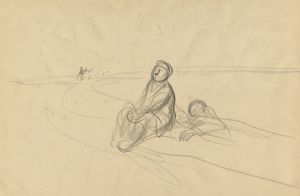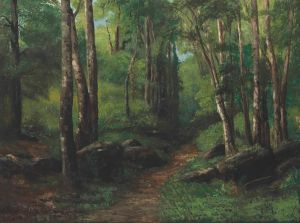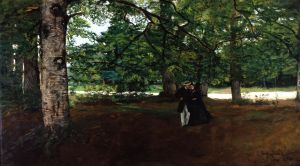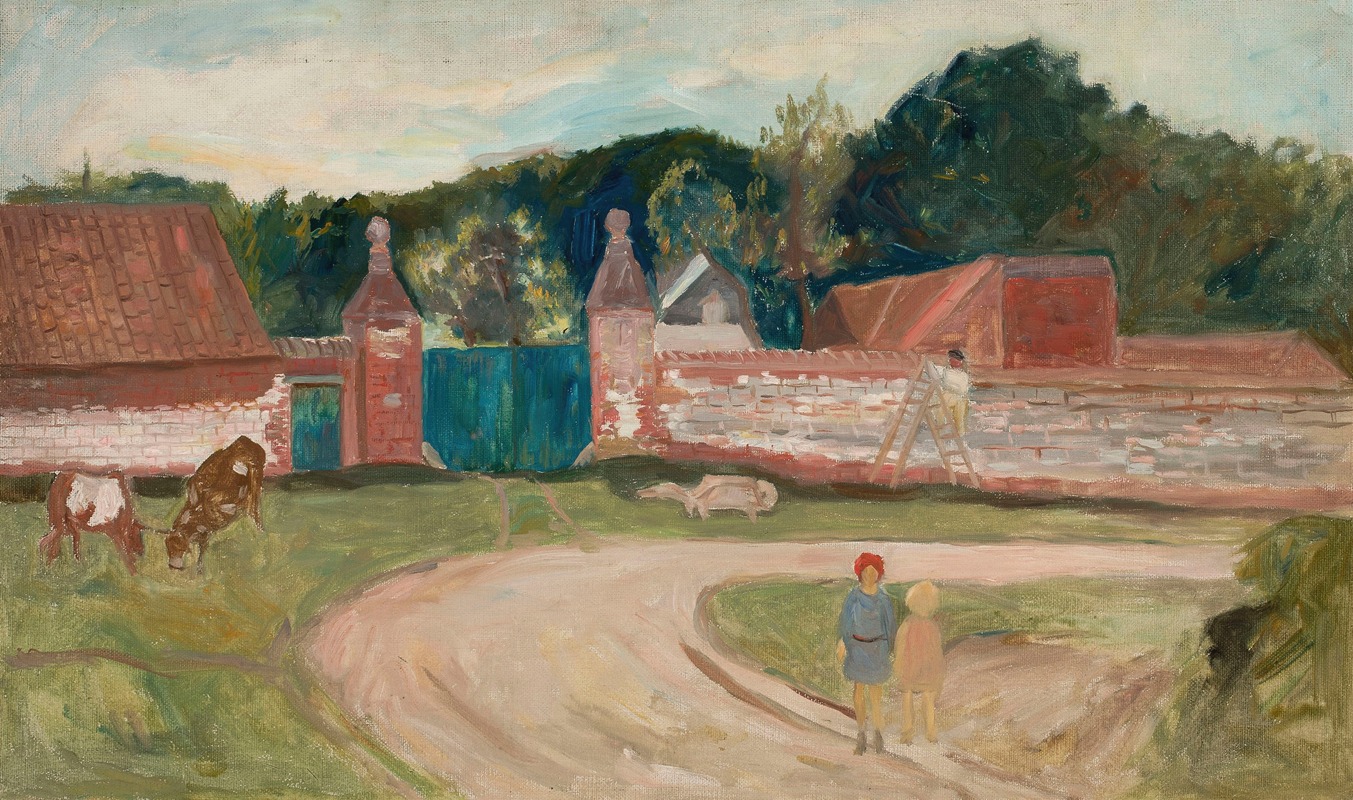
Road in front of the farm
A hand-painted replica of Tadeusz Makowski’s masterpiece Road in front of the farm, meticulously crafted by professional artists to capture the true essence of the original. Each piece is created with museum-quality canvas and rare mineral pigments, carefully painted by experienced artists with delicate brushstrokes and rich, layered colors to perfectly recreate the texture of the original artwork. Unlike machine-printed reproductions, this hand-painted version brings the painting to life, infused with the artist’s emotions and skill in every stroke. Whether for personal collection or home decoration, it instantly elevates the artistic atmosphere of any space.
Tadeusz Makowski was a Polish painter known for his unique style that combined elements of folk art, symbolism, and modernism. Born on January 29, 1882, in Oświęcim, Poland, Makowski initially studied classical philology at the Jagiellonian University in Kraków before pursuing art at the Academy of Fine Arts in Kraków. His early work was influenced by the Young Poland movement, which sought to break away from academic art and embrace more modern, expressive forms.
Makowski moved to Paris in 1908, where he became part of the vibrant artistic community. In Paris, he was exposed to various avant-garde movements, including Cubism, which significantly influenced his work. However, Makowski developed a distinctive style that often featured simplified forms and a whimsical, almost childlike quality. His paintings frequently depicted scenes from everyday life, imbued with a sense of nostalgia and innocence.
"Road in Front of the Farm" is one of Makowski's works that exemplifies his unique approach to painting. While specific details about this particular painting are scarce, it can be inferred that it shares characteristics with his other works from the same period. Makowski often painted rural scenes, capturing the simplicity and charm of the countryside. His use of color and form was typically restrained yet expressive, creating a sense of harmony and balance in his compositions.
Makowski's paintings often featured a muted color palette, with earthy tones and soft pastels that conveyed a sense of tranquility and warmth. His brushwork was deliberate and precise, yet he managed to infuse his scenes with a sense of movement and life. The figures in his paintings, when present, were often stylized and simplified, reflecting his interest in folk art and the innocence of childhood.
Throughout his career, Makowski remained somewhat on the periphery of the mainstream art world, yet he gained recognition for his distinctive style and contribution to modern art. His work was exhibited in various galleries and exhibitions, both in France and Poland, and he was respected by his peers for his dedication to his craft and his unique artistic vision.
Makowski continued to live and work in France until his death on November 1, 1932. Despite the challenges of being a foreign artist in a competitive environment, he managed to carve out a niche for himself and left behind a body of work that continues to be appreciated for its charm and originality.
In summary, while specific information about "Road in Front of the Farm" is limited, it is representative of Tadeusz Makowski's broader oeuvre, characterized by its simplicity, charm, and unique blend of modernist and folk art influences. His work remains an important part of the Polish artistic heritage and continues to be studied and admired for its contribution to early 20th-century art.





